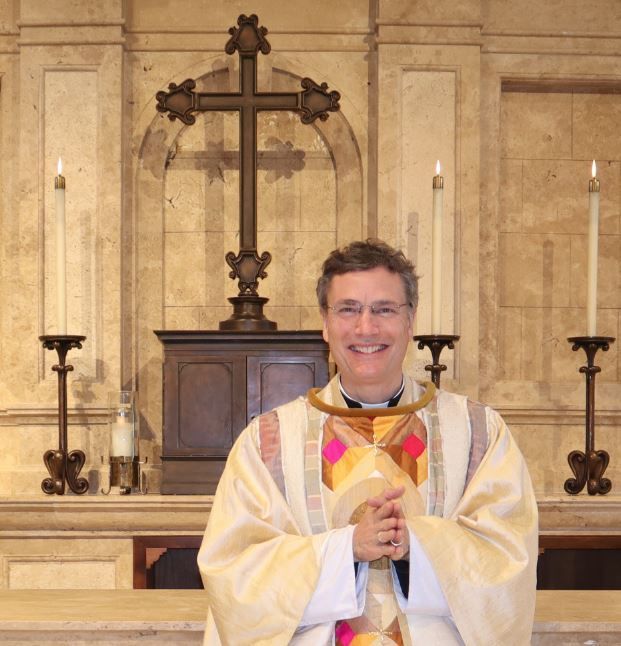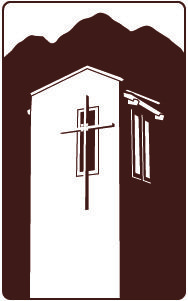Keeping the Fire (with Easter Baskets and Blessing Bags)
“There the angel of the Lord appeared to him in a flame of fire out of a bush; he looked, and the bush was blazing, yet it was not consumed.”
Our lessons this Sunday include a calling narrative out of Exodus: The call of Moses. We’ve encountered a few call narratives already this year. In the fourth and fifth Sundays after the Epiphany, we reflected on the calls of Jeremiah and Isaiah. Isaiah’s is pretty spectacular: He sees the Lord seated on a throne above the earth surrounded by six-winged angels crying “Holy!”
The calling of Moses is dramatic and spectacular in its own way. Moses noticed a fire a little way off from where he was standing. Given that his home was in the land of Midian—modern day Saudi Arabia—this fact would not have been remarkable in and of itself. As fellow desert-dwellers, we understand that when it’s hot and dry, the brush can easily catch fire. Upon closer inspection, this was not the kind of fire Moses was used to seeing. Instead of the withered branches and scorched black earth we have all seen in the wake of brush fires, Moses saw healthy branches and perhaps even green leaves. The plant was certainly ablaze, but the plant itself was not consumed. In other words, the plant was the keeper of the fire, but not the source of the fire.
In our own way, I believe that we too are called to be keepers of the fire of God’s message of love to the world. We try as hard as we can to reflect God’s love to others, and we are especially focused on doing so during this season of Lent. There are people in our community who need to hear a message of hope—the message of Good News we carry inside of us—and we need to be willing sometimes to take the first step of faith to have that message heard.
For about the next week, we are going to be collecting the supplies that we need to assemble Easter Baskets and Blessing Bags on our Service Saturday here at the church. We need as many people as are able to bring something in this Sunday to help us. For the Blessing Bags, we primarily need clean and new socks (men’s and women’s), travel toothpaste, toothbrushes, granola bars, and little water bottles. For Easter Baskets, we need all the usual stuff, including baskets: non-chocolate candy (so it doesn’t melt and make a mess), toys, coloring books, etc. You can find all the details about what is needed in the graphic below.
Like many of you, we support charities that perform good work in our community and the world. But this is not a charity—we are the church. And at moments like these, when the needs around us seem almost overwhelming, it is worth remembering that we are not doing this simply because we are kind people or even because it’s the right thing to do. If we relied on our own strength, we would be like the dry desert plant burned by the fire, and when we were consumed and at our end, the fire we kindled would go out.
As the church, we are different: We stand in the tradition of those who have gone before us and carry on in their legacy. We assemble Blessing Bags and Easter Baskets (and build houses, and sort clothing, and serve the hungry, and pack food boxes—you get the idea) because they are a small way that we can carry the fire of God’s love into a world desperately in need of hope and joy right now. This is what Christians have done for thousands of years, and with God’s help, we will keep the light of that fire for a little while and pass it along to those who come after us.
The Rev. Perry M. Pauley
Associate Rector, Christ Church of the Ascension
Paradise Valley, Arizona





